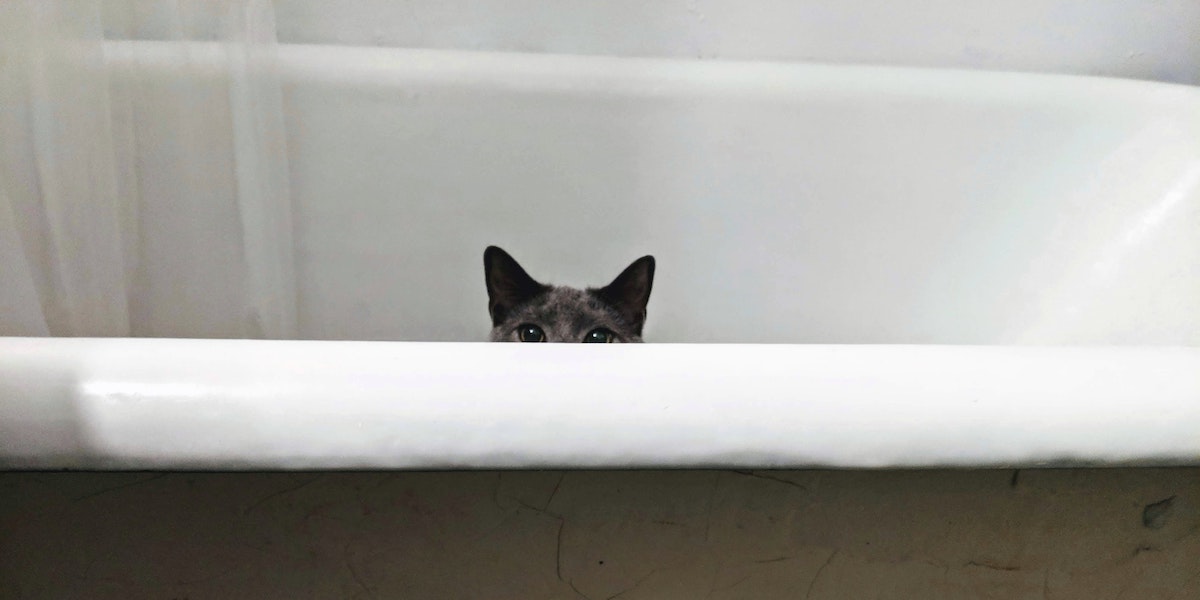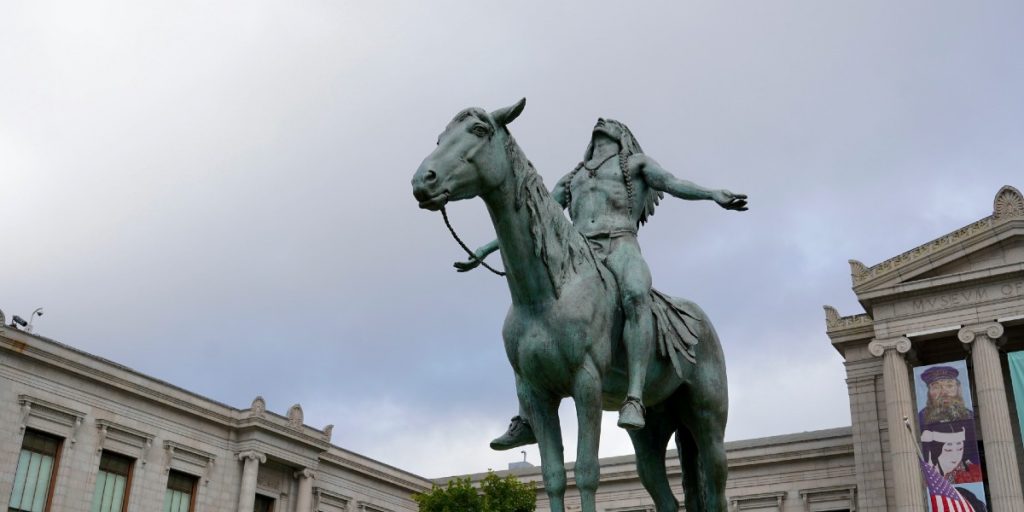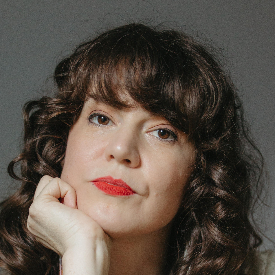As a physicist turned entrepreneur, Safi Bahcall co-founded a biotechnology company that developed new drugs for cancer treatment. He is also the bestselling author of Loonshots: How to Nurture the Crazy Ideas That Win Wars, Cure Diseases, and Transform Industries.
When Loonshots became an official Next Big Idea Club selection, Safi stopped by our headquarters to share an exclusive set of insights, one of which we’re proud to share below.
Matter can never be in two phases at the same time: Water can’t be liquid and ice simultaneously. But teams and companies need both phases at all times—they need the loonshot phase of radical innovation plus the franchise phase of operational excellence. So how can they do it?
There’s one exception to the rule that matter can’t be in two phases at once: right on the edge of phase transition, at 32°F. When you bring a tub of water to 32°, blocks of ice will form separately from pools of water. The two states will coexist, but they don’t just sit there. The solid and the liquid are in dynamic equilibrium—there’s a constant exchange, back and forth. Molecules swimming along in the liquid will hit a surface of ice and freeze. Molecules on a surface of ice will jiggle loose and join a pool of water.
And that’s how companies can achieve both radical innovation and operational excellence. Let’s call the creative scientists, engineers, or designers working on radical, high-risk, early-stage ideas “artists.” And let’s call the marketers, business people, or producers “soldiers.”
“The weak link in the chain of innovation is not in the supply of new ideas—it’s in the transfer to the field.”
You need both. Separate your artists from your soldiers and create separate environments, each tailored to their different needs, styles, and incentives.
But you also need exchange between the two groups. Not just in one direction— when artists present their beautiful ideas for the soldiers to take into the field— but in the other direction as well. After all, no idea works perfectly the first time; if the soldiers don’t bring back honest feedback from the field, customers won’t use it, soldiers will stop selling it, and the idea will die.
So what’s the lesson here? The weak link in the chain of innovation is not in the supply of new ideas—it’s in the transfer to the field. Which means you should be less focused on the details of any one idea and more focused on the mutual exchange of ideas and feedback, achieving dynamic equilibrium between your artists and your soldiers.






























